Best Interfacing for Bags and Purses
My name is Sara, and I blog over at Sew Sweetness. This post is about the particular Pellon Interfacings that I use while making bags. So let’s get started!
Pellon 987F Fusible Fleece
Pellon 987F Fusible Fleece is fusible on one side, and this is the side that should go against the wrong side of your fabric. This interfacing has a bit of a loft to it. I like to use it for smaller areas of a bag, such as straps or inside as lining.
Pellon TP971F Fusible Thermolam
I absolutely love Thermolam, which is perfect for soft bags. Thermolam is a needled fleece, which means it is dense and lies flat. If I’m making a smaller quilted project like a mini quilt, mug rug, or oven mitts, I use Thermolam before I quilt the project. It eliminates the need for using pins or spray baster.
Pellon SF-101 Shape Flex Fusible Woven
I use this in 100% of my bags; it gives quilt-weight cotton a décor-weight feel. I might use it in different ways, but bar none, it is the most important interfacing in my stash. It’s great for small pouches, pockets, straps, etc.
520 Deco-Fuse Firm
I love this interfacing. Even though it is very stiff, it is about as thick as a piece of construction paper, which makes it reasonably easy to sew, and has a smooth look once fused. 520 Deco-Fuse is a great way to get a store-bought look to your bags.
Peltex 70 Sew-in
This sew-in interfacing is a little bit thicker than the 520 Deco-Fuse, and it is stiff as well. You can either baste the interfacing to your fabric using a small seam allowance, or you can fuse it to your fabric (the Peltex should be cut ½” smaller than your pattern piece, followed by a regular-sized piece of Shape Flex).
Peltex 71 Single-sided Fusible
I used to use this interfacing all the time. However, with the release of 520 Deco-Fuse, the Peltex fusible has sort of taken a backseat in my stash. It is great when you want to fuse a small area of a project (such as the flap of a bag or clutch), but I find that sometimes when you are using it on a larger area of a project (for example, the exterior of a bag), it *can* give the fabric a ‘fused’ (aka crinkly) look.
809 Decor Bond
This interfacing is great for straps or side panels. You can also use a layer or two of Decor Bond if you want your bag to stand up by itself, but not be as stiff as Deco Shape or Peltex.
There are no right or wrong answers to using interfacing. I find that the best way to learn more about it is to use it in all of your projects…tweak your interfacing based on your personal preference. Please check out my blog for more in-depth information on interfacing!
What you might also like
One comment on “Best Interfacing for Bags and Purses”
Leave a Reply
You must be logged in to post a comment.
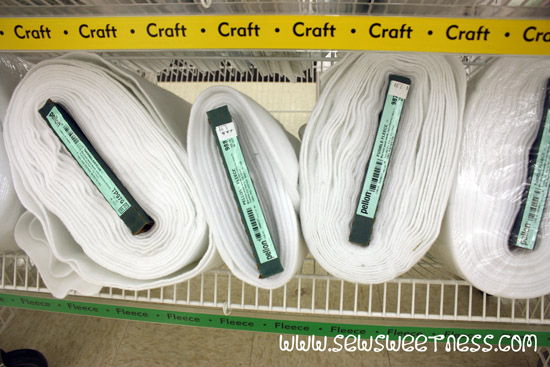
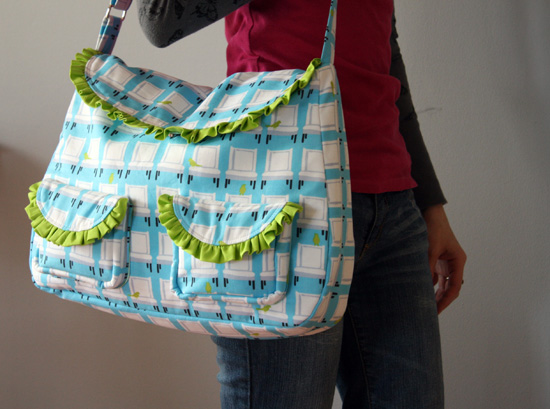
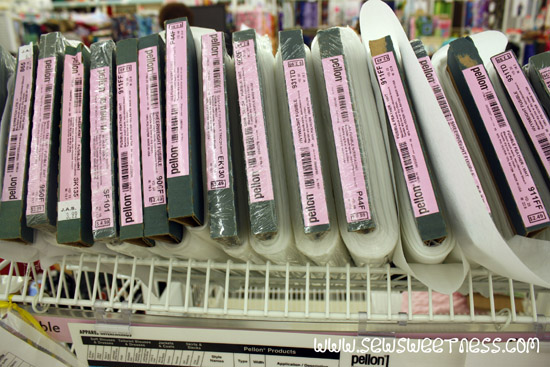
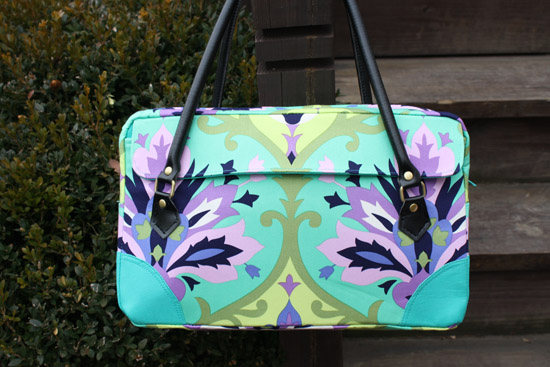
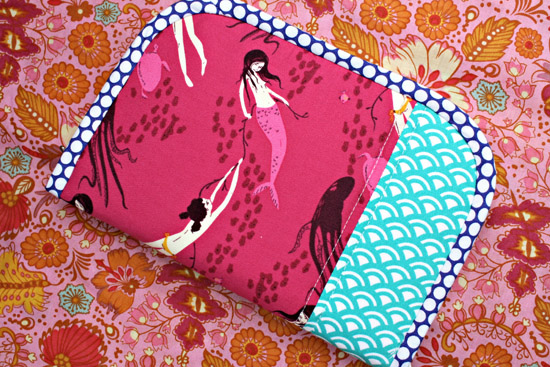
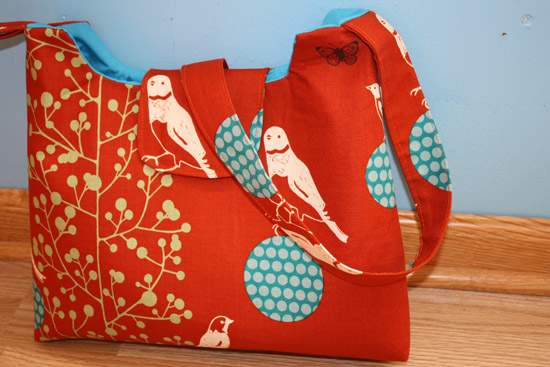
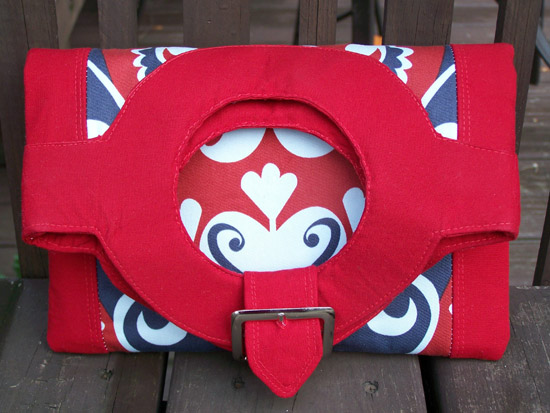
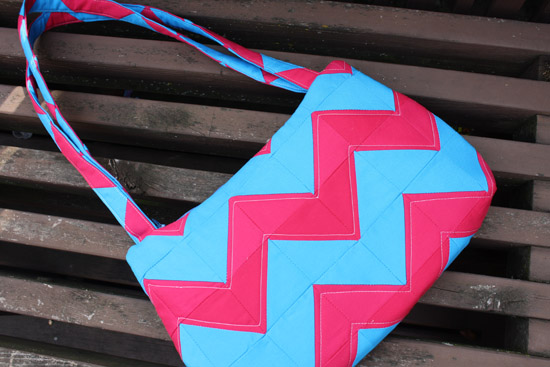





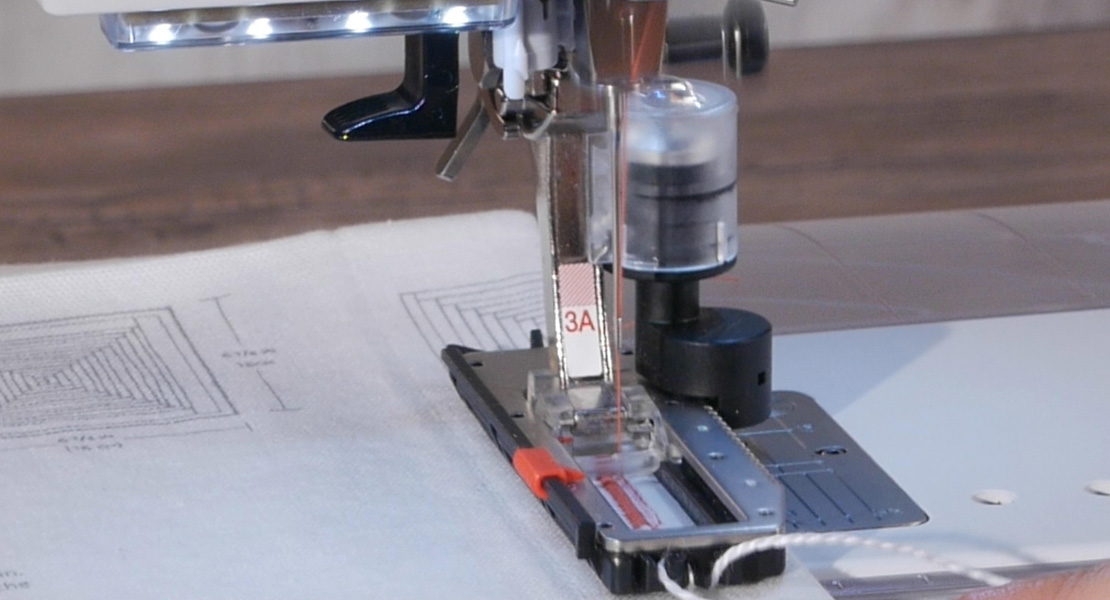
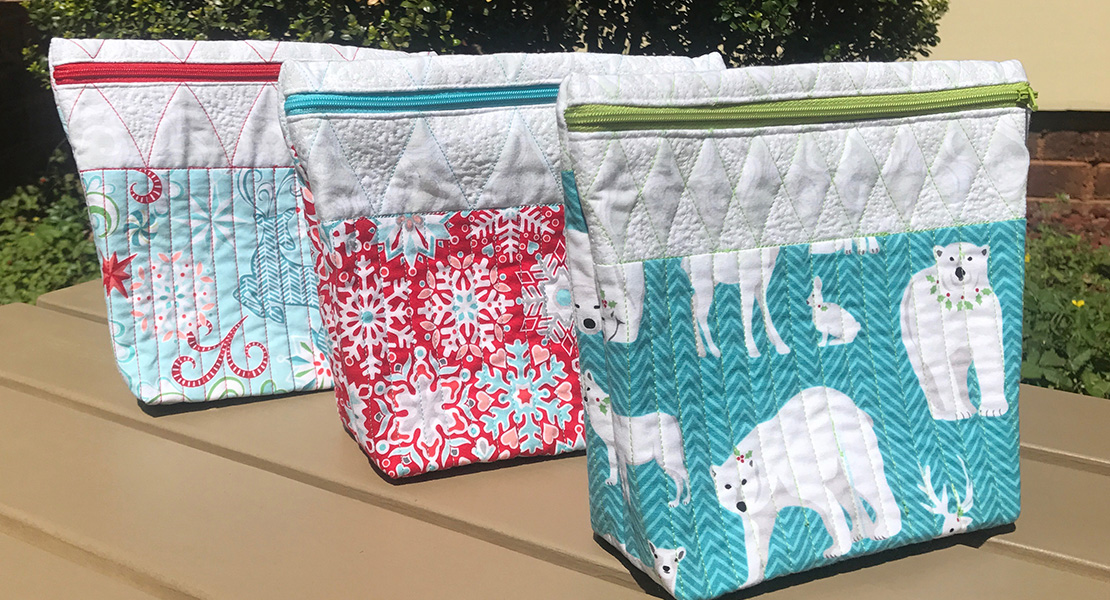
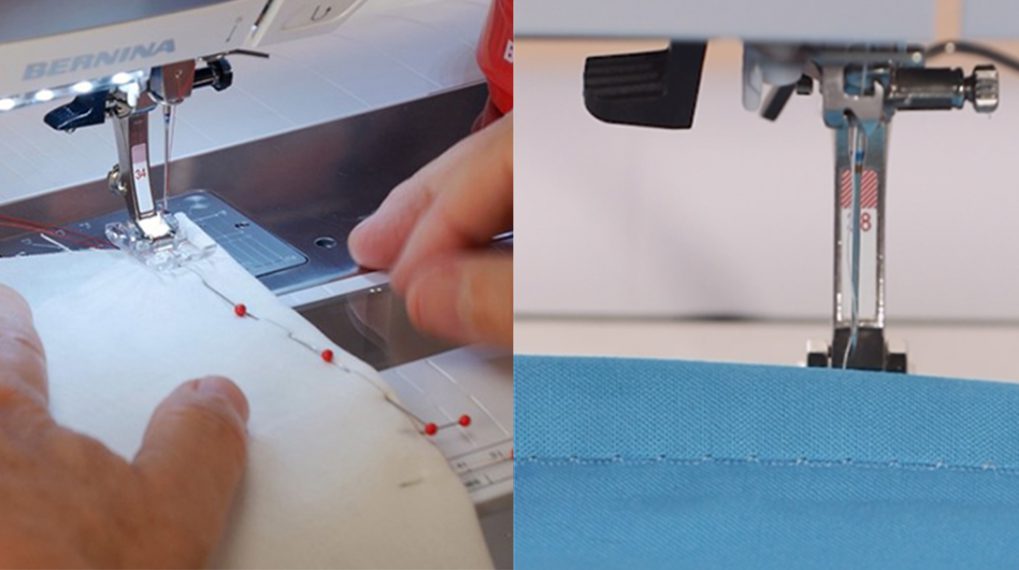
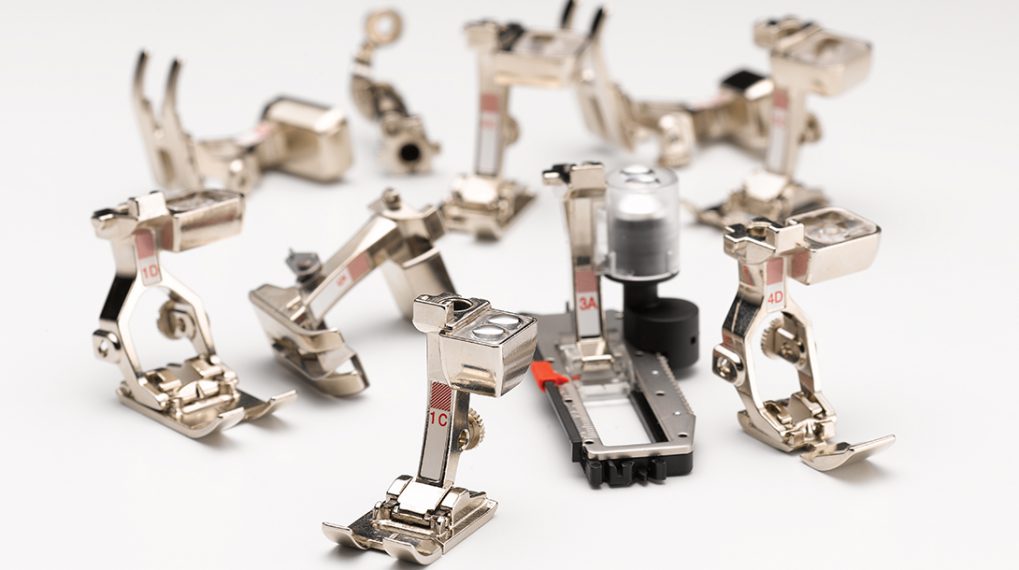
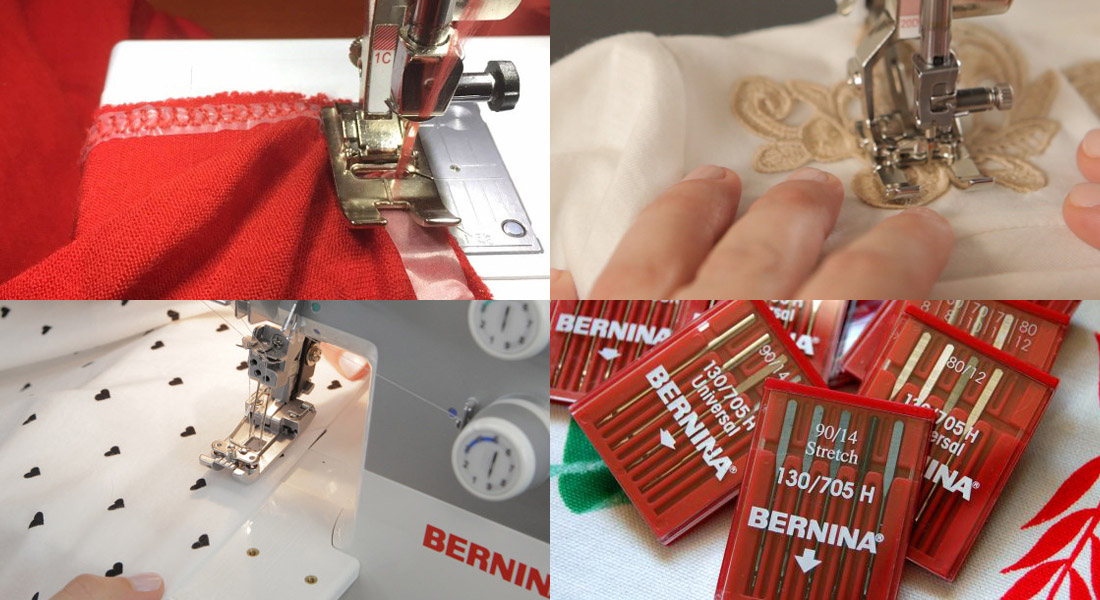
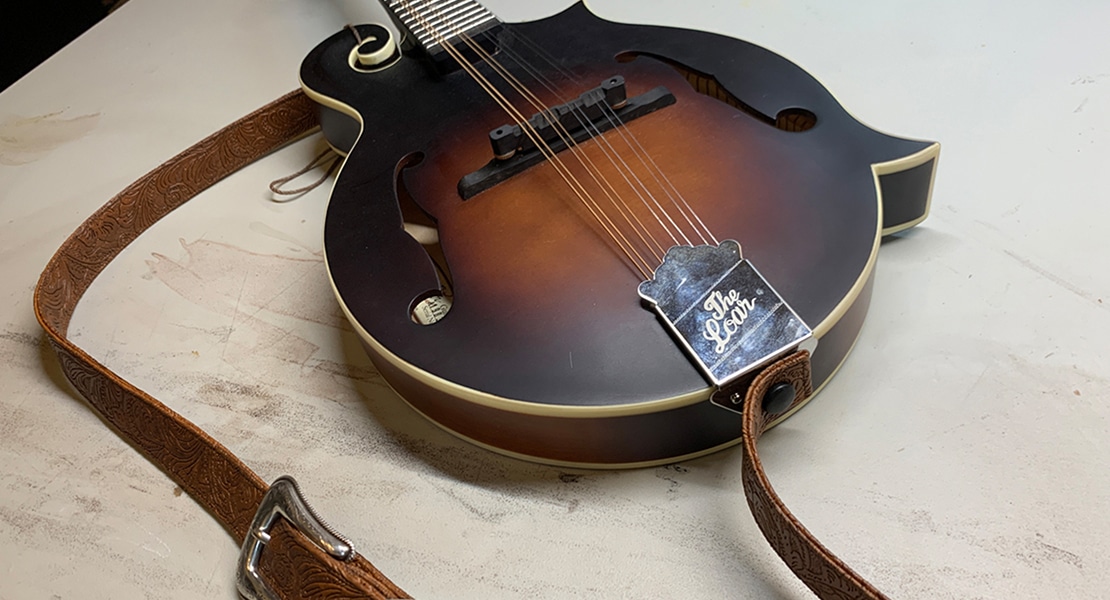
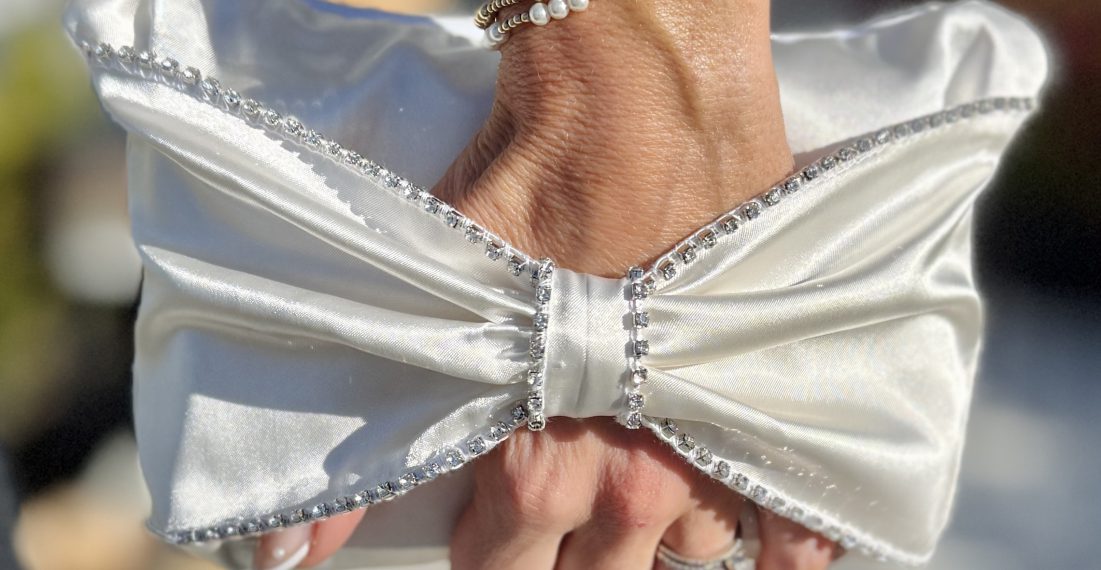
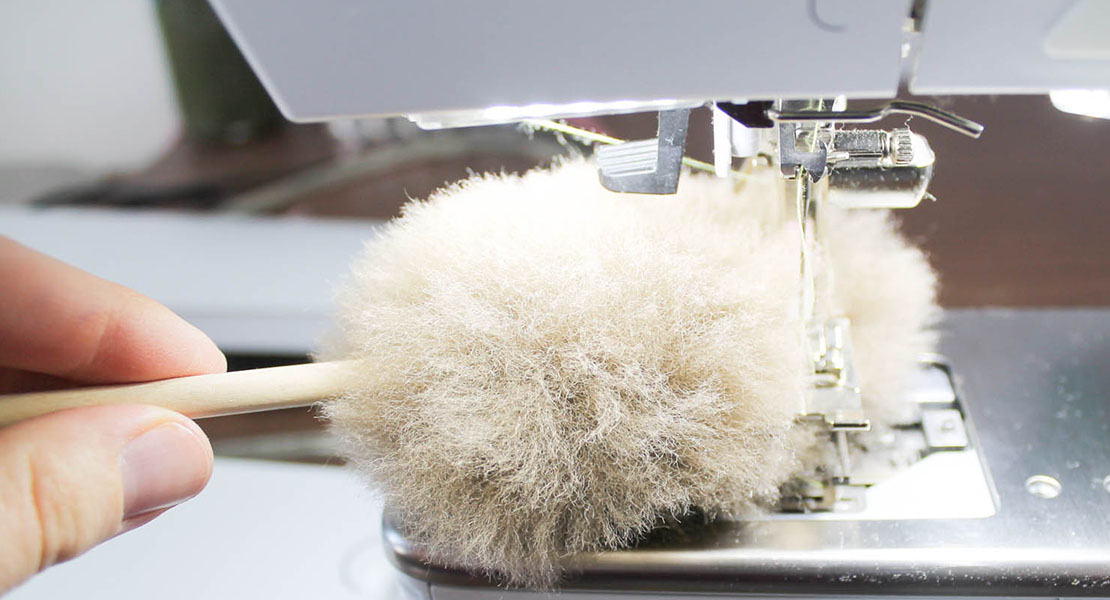


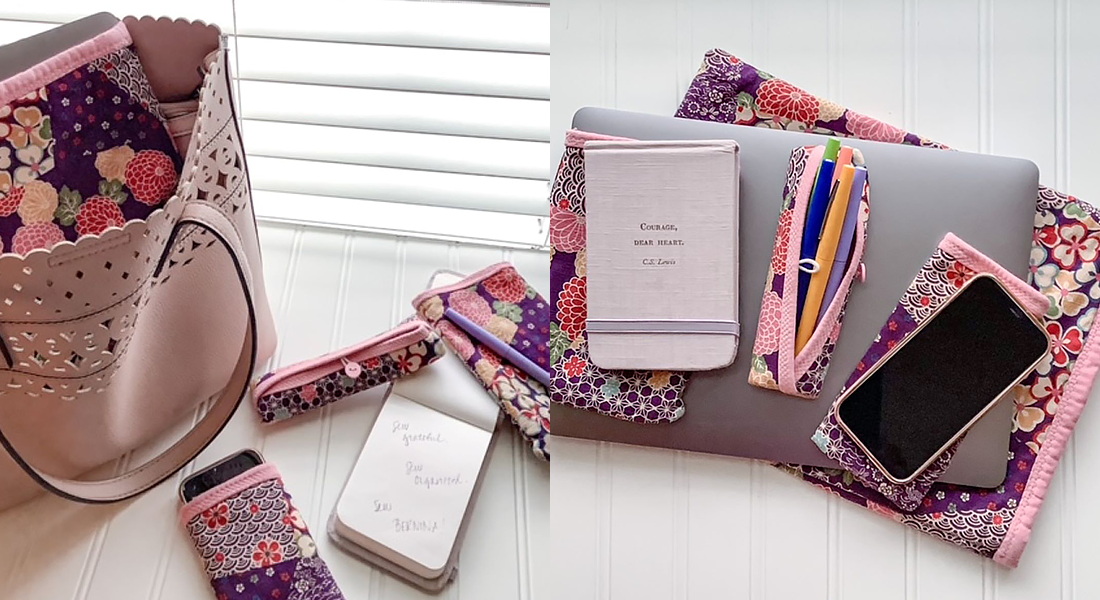
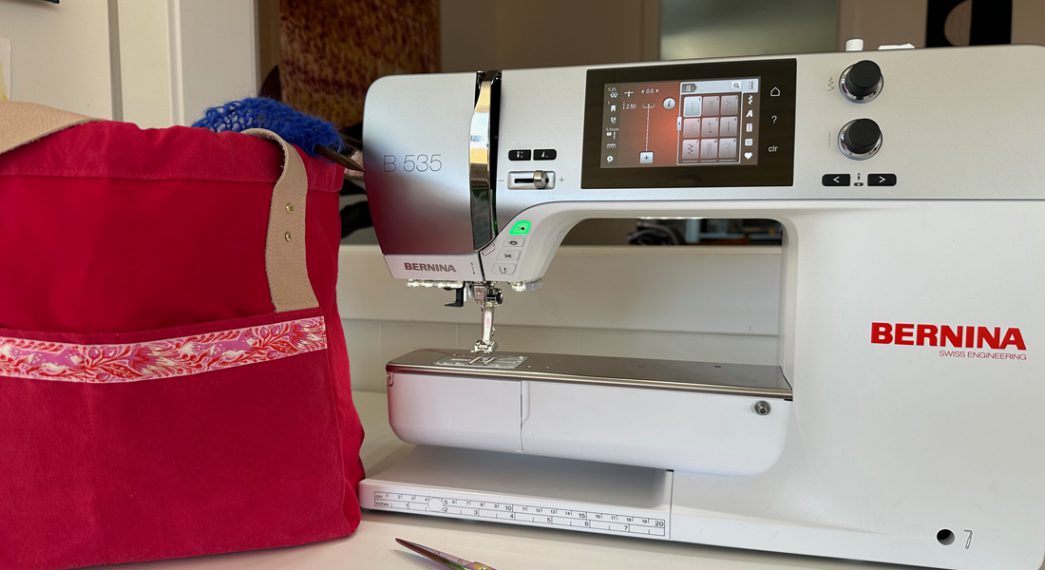
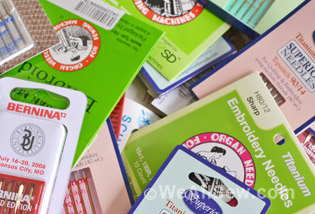
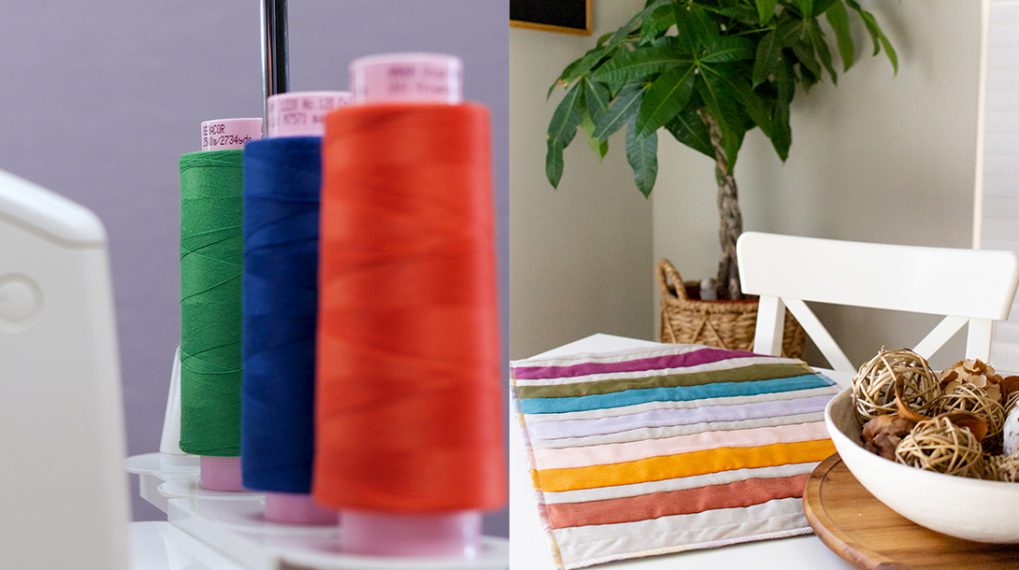
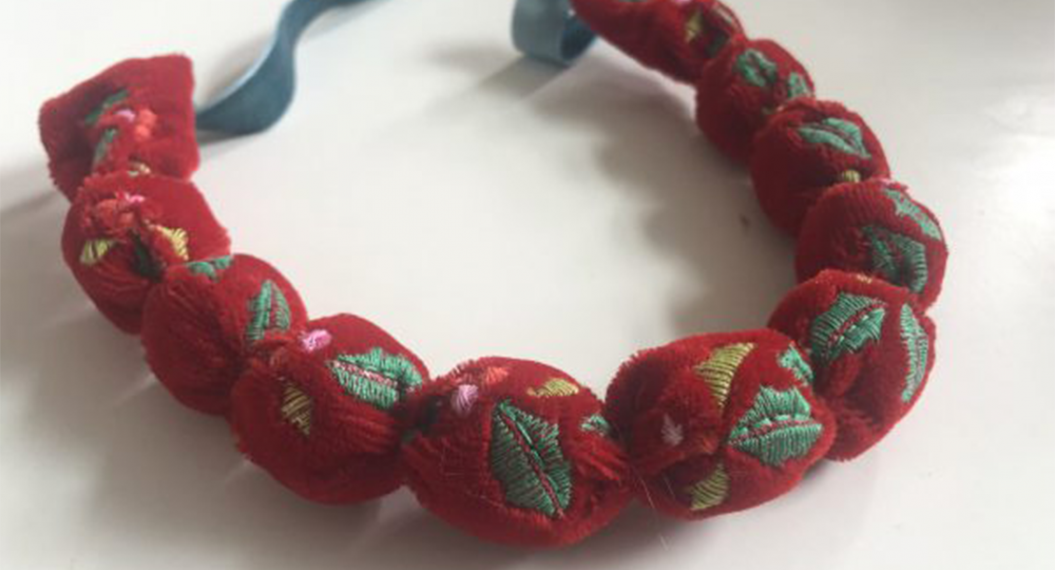
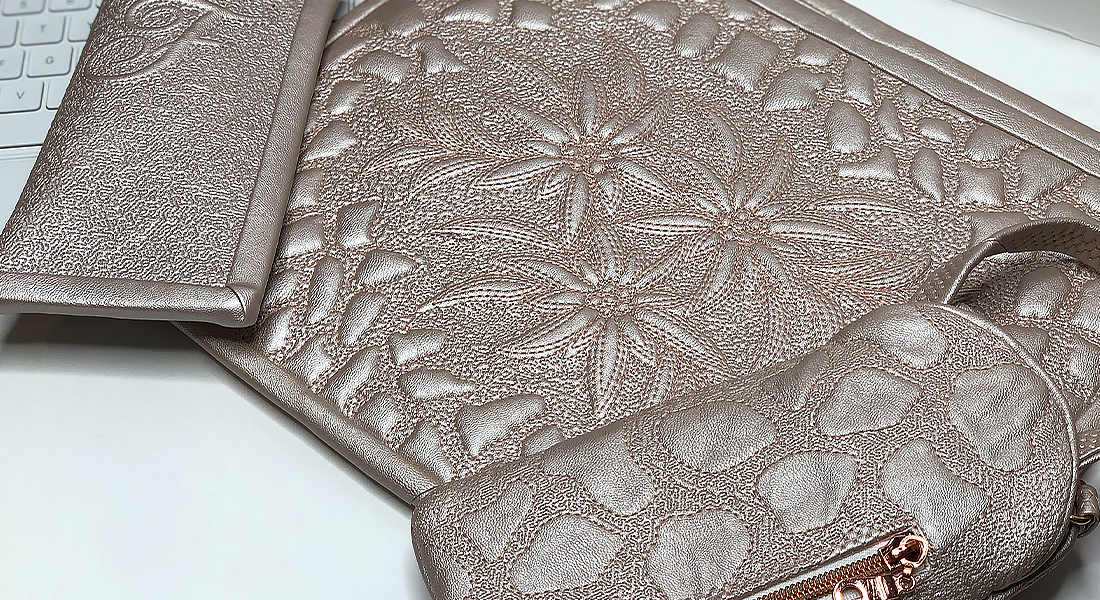
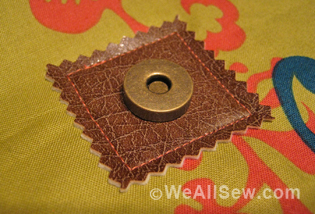
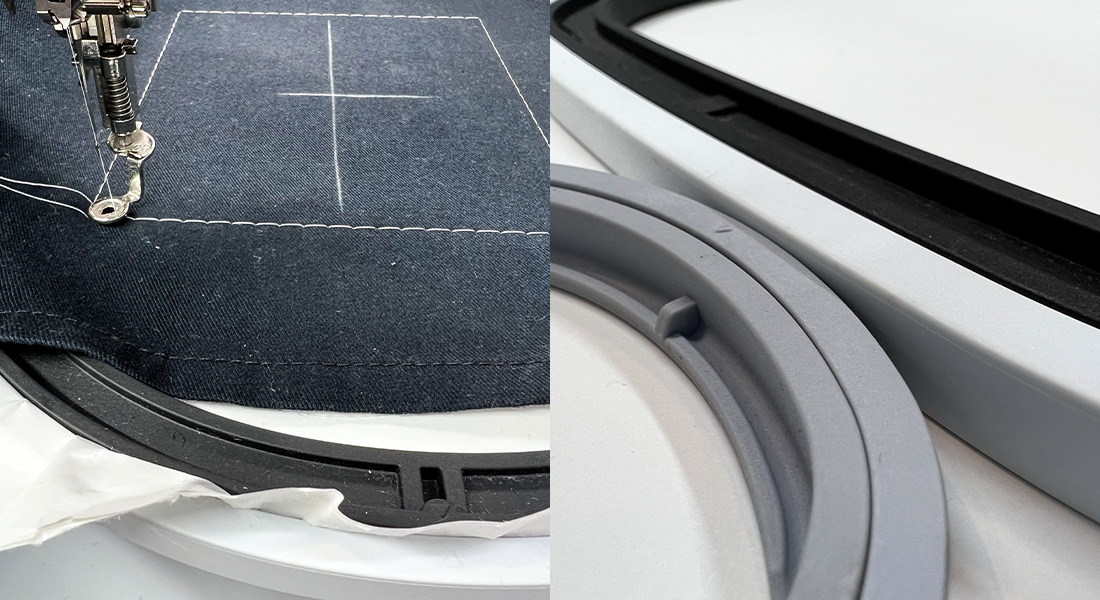
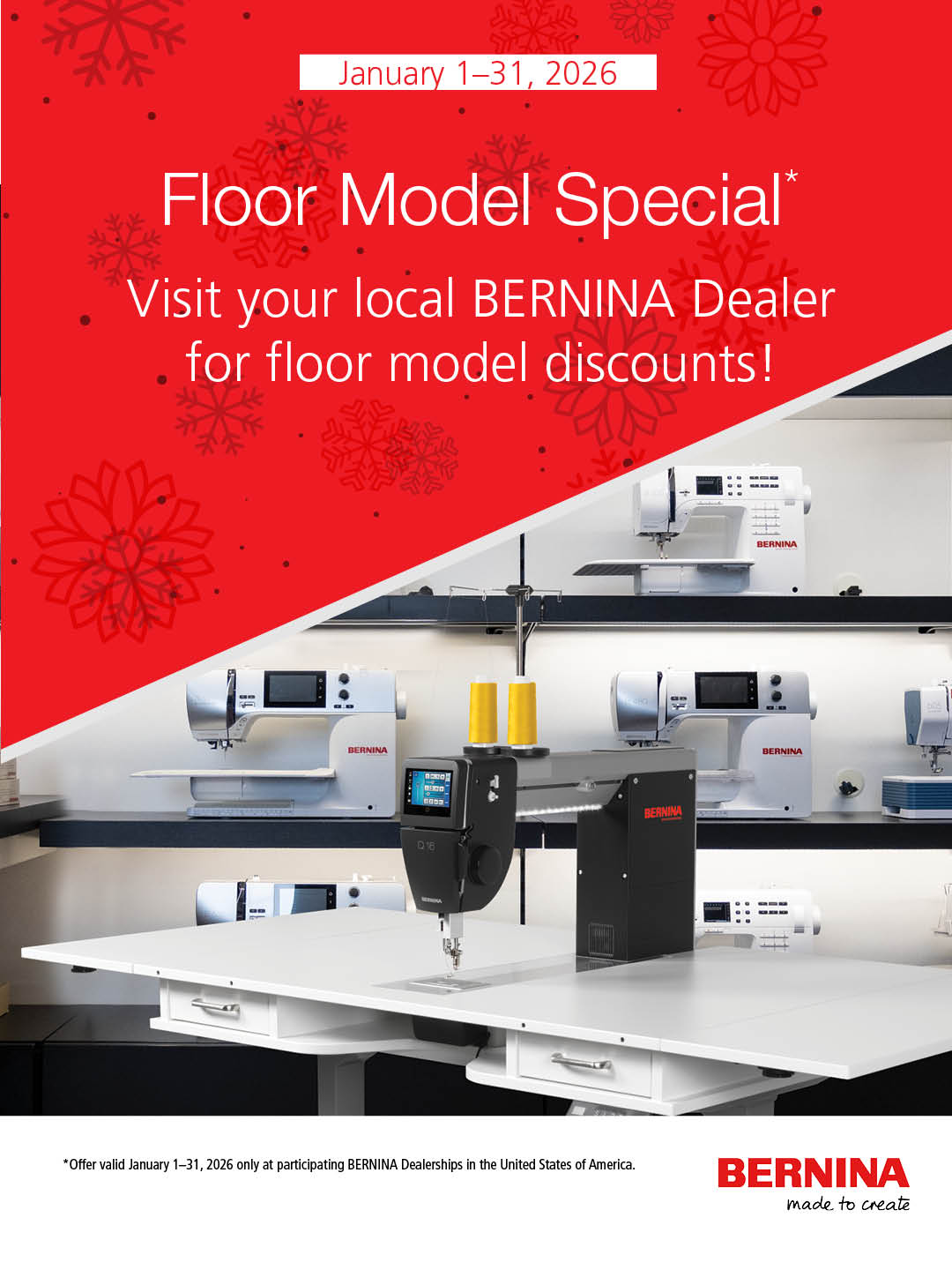
Hi, where can I buy the interfacing?
Thanks